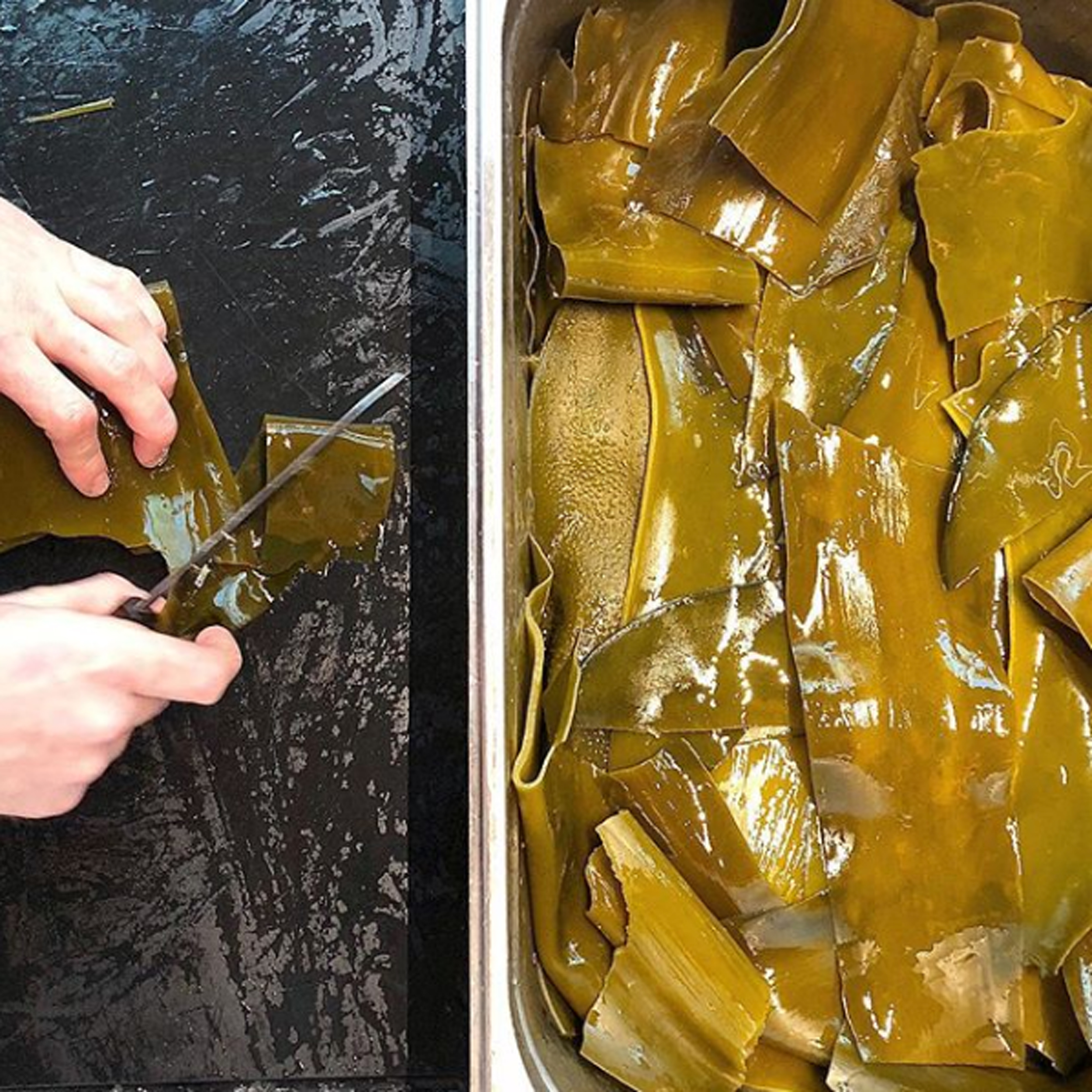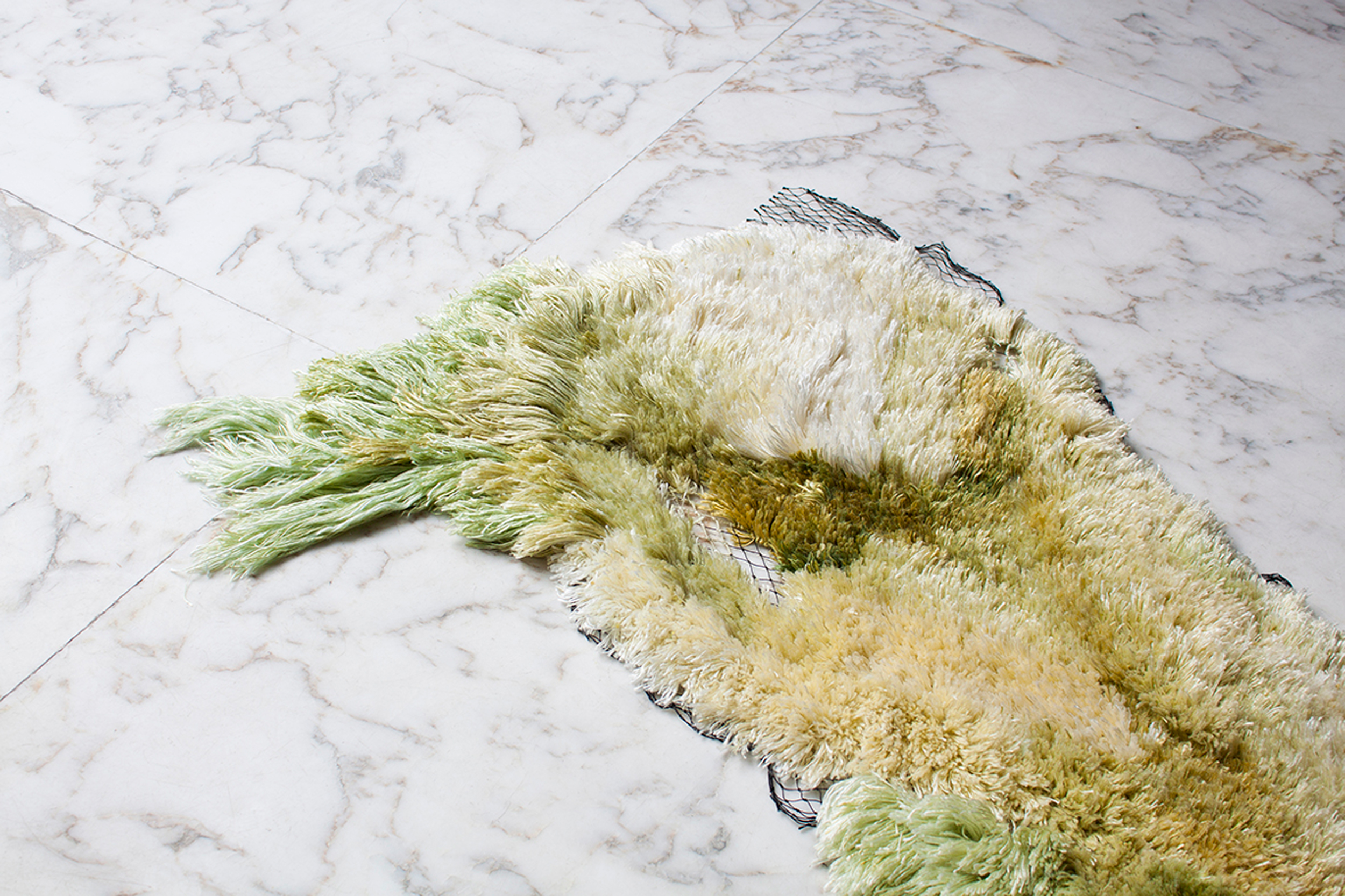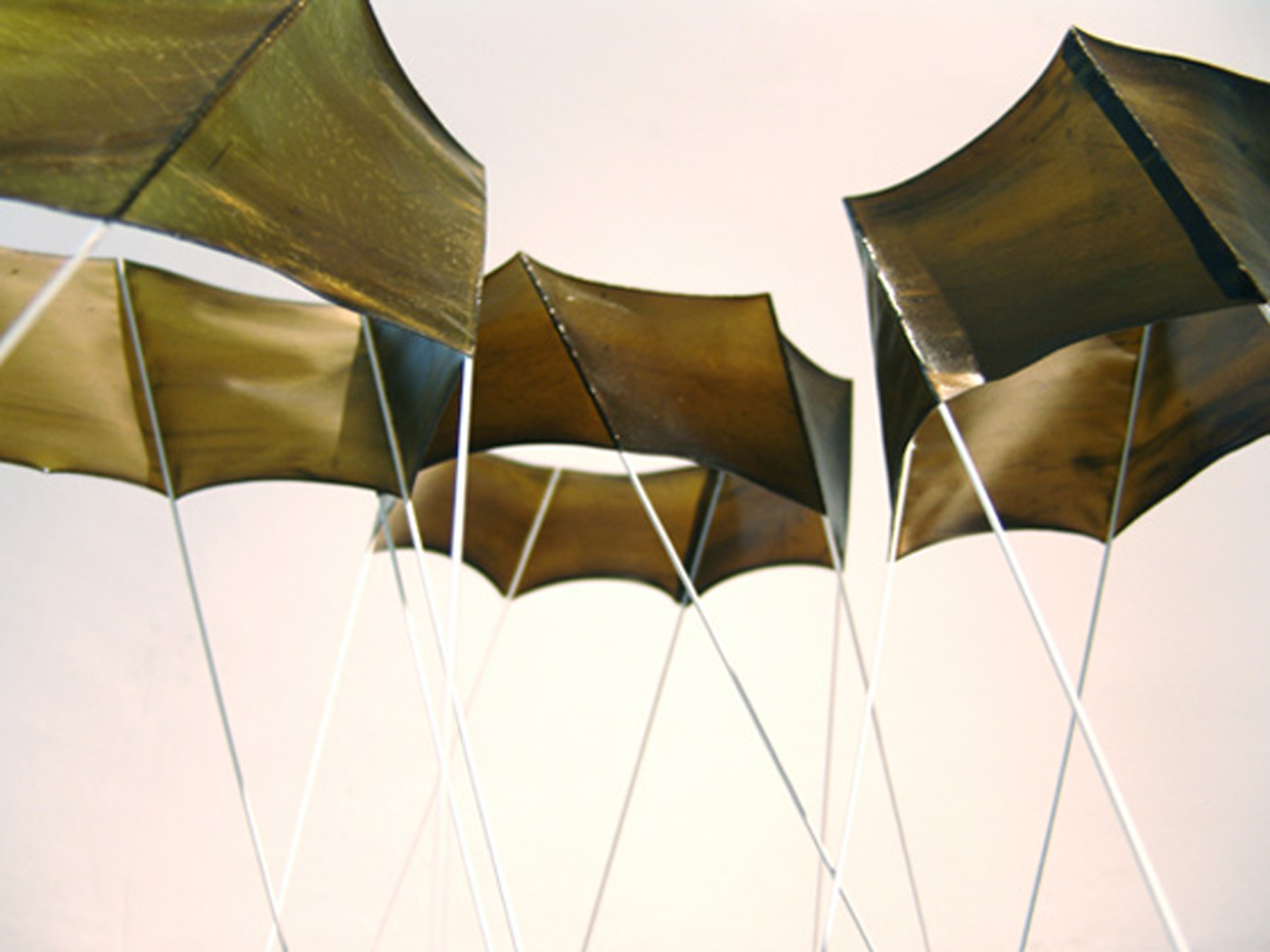Material Monday: Seaweed
We wrote an article for creative production house Nirvana CPH’s as part of their regular Material Monday series, in order to inspire and create awareness around responsibly sourced materials.
Since algae first emerged – according to scientific estimates – around three-and-a-half billion years ago, it has flourished to become, according to some, the most important organism on earth. These single-celled marine plants produce between 75 and 80 per cent of the world’s oxygen, a key component in the air we breathe, and supply the energy required to support diverse coastal marine life and habitats for invertebrates and fish, underpinning the functioning of coastal ecosystems worldwide.
Seaweed is a marine macroalgae – a multicellular, plant-like organism that attaches itself to rock or other hard substrata in coastal areas. There are more than 1500 species of green, 200 species of brown and over 7000 species of red seaweed; each variety has different properties and attributes, enabling us to utilise in numerous ways this abundant organism that exists in the world’s oceans.
Complex and versatile, seaweed has become much more than an edible aquatic vegetable. Over the course of human history, it has been appropriated and transformed into fibre, furniture, energy solutions and housing.
Foraging for wild seaweed was a popular pastime in the Victorian era, and remains, at its core, similar to the way in which we farm and forage on land. Edible species such as dulse, kelp, carragheen, laver and gutweed are easy to recognise, unlike their more ambiguous land-dwelling neighbours, fungi and flowering plants.



